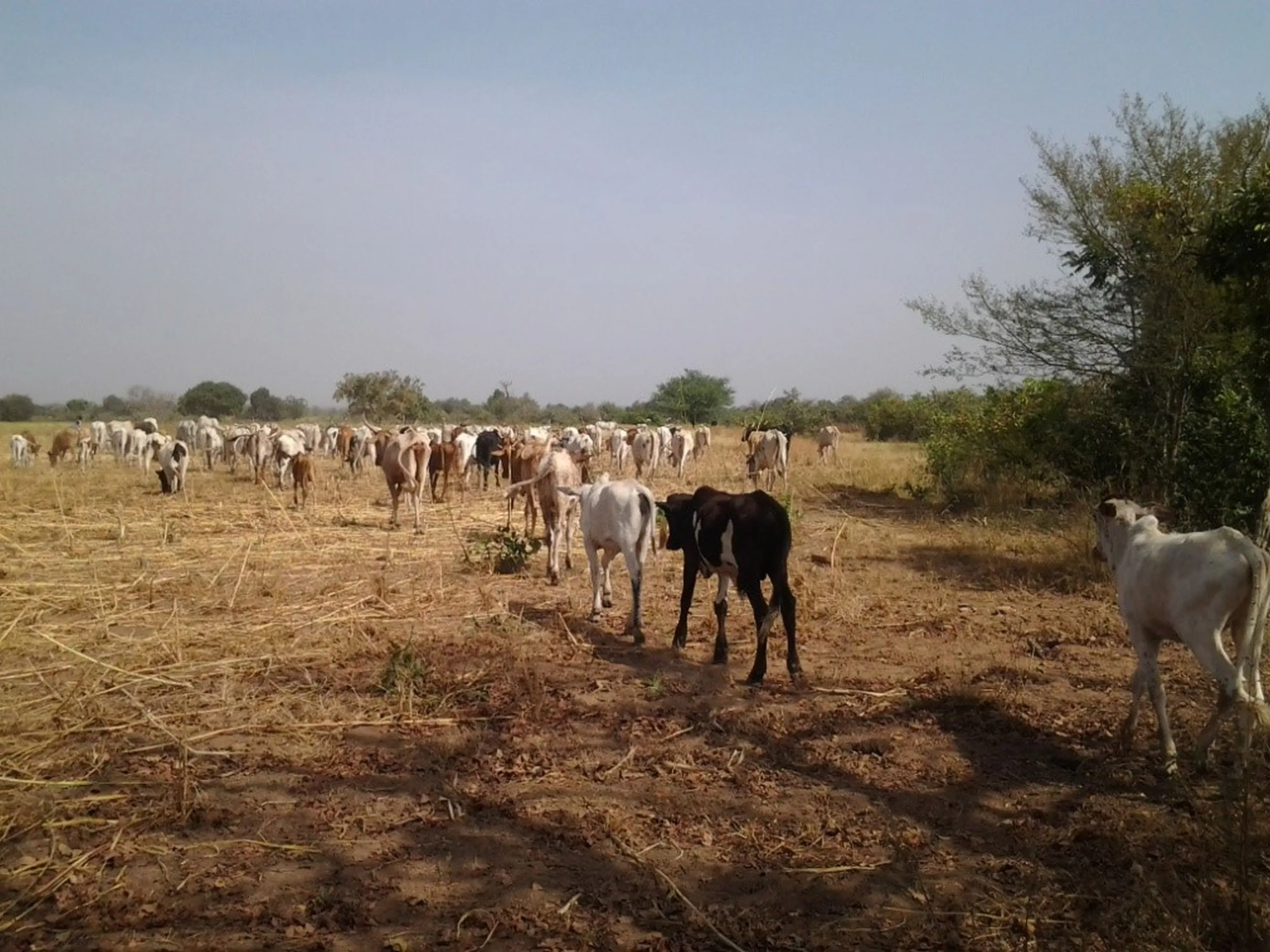Reducing the pressure of transhumance on WAP complex protected areas
Benin,Burkina Faso,Niger,
concluded

The PRPT WAP project focuses on reducing the pressures applied by transhumance on WAP complex protected areas, reversing the current negative trend and improving its conservation.
The PRPT WAP project focuses on reducing the pressures applied by transhumance on WAP complex protected areas, reversing the current negative trend and improving its conservation.
SNV and its partners will prove that (real) concertation between different levels and locations of stakeholders coupled with true benefits made from ecologically-respectful activities can have a tangible impact on cattle movements and the maintenance of transhumance corridors and thus highly contribute to the conservation of large cross-border protected areas. The European Commission made clear that the project is expected to be a lab for future strategies on protected areas conservation.
The WAP complex in a nutshell
The W-Arly-Pendjari (WAP) protected area is a complex of national parks stretching across Benin, Burkina Faso and Niger. It forms the largest and most important continuum of intact ecosystems in the West African savannah belt (31,000 km² area - or 50,000 km² if riparian areas are included - of terrestrial, semi-aquatic and aquatic ecosystems). The “W” portion of the complex’s name comes from the angular “W” path followed by the Niger River as it flows through the northern foothills of Benin’s Atakora Mountains. It contains one of the few viable populations of elephants in West Africa, plus over 300 species of rare birds and is a natural refuge for endangered fauna and flora from all three countries.
The area, however, is risk from a number of threats including unsustainable practices by the local population seeking land for cultivation such as agricultural encroachment, uncontrolled bushfires, poaching, and also water pollution, climate change and unsustainable timber harvesting. The WAP regional project is designed to protect these fragile and valuable ecosystems by strengthening and harmonizing the political, institutional and community-based conservation structures in place.

